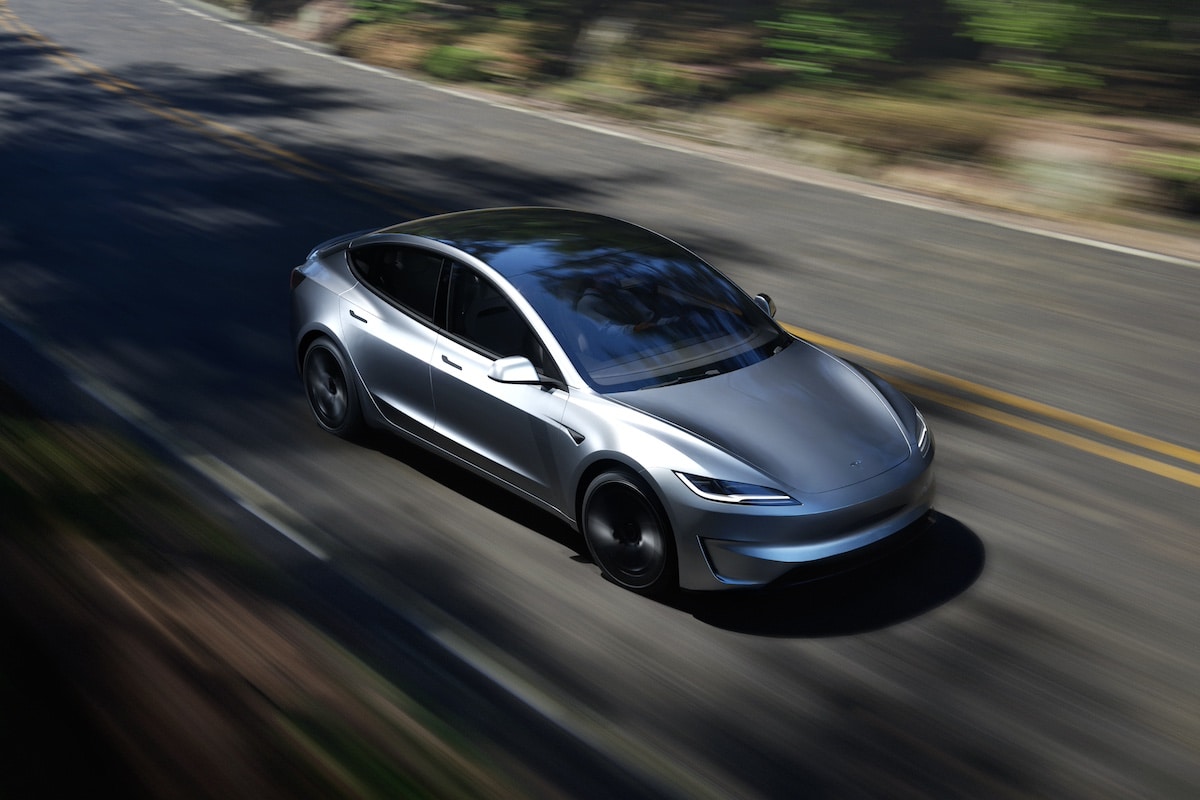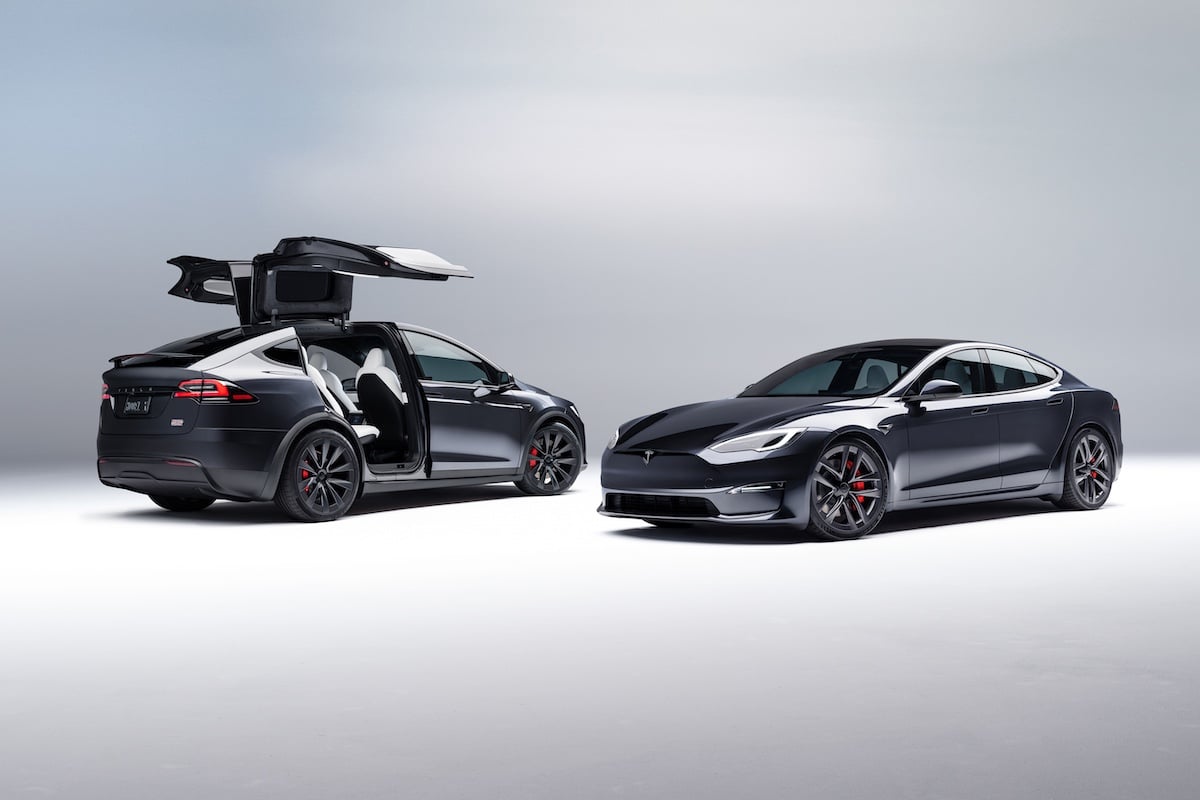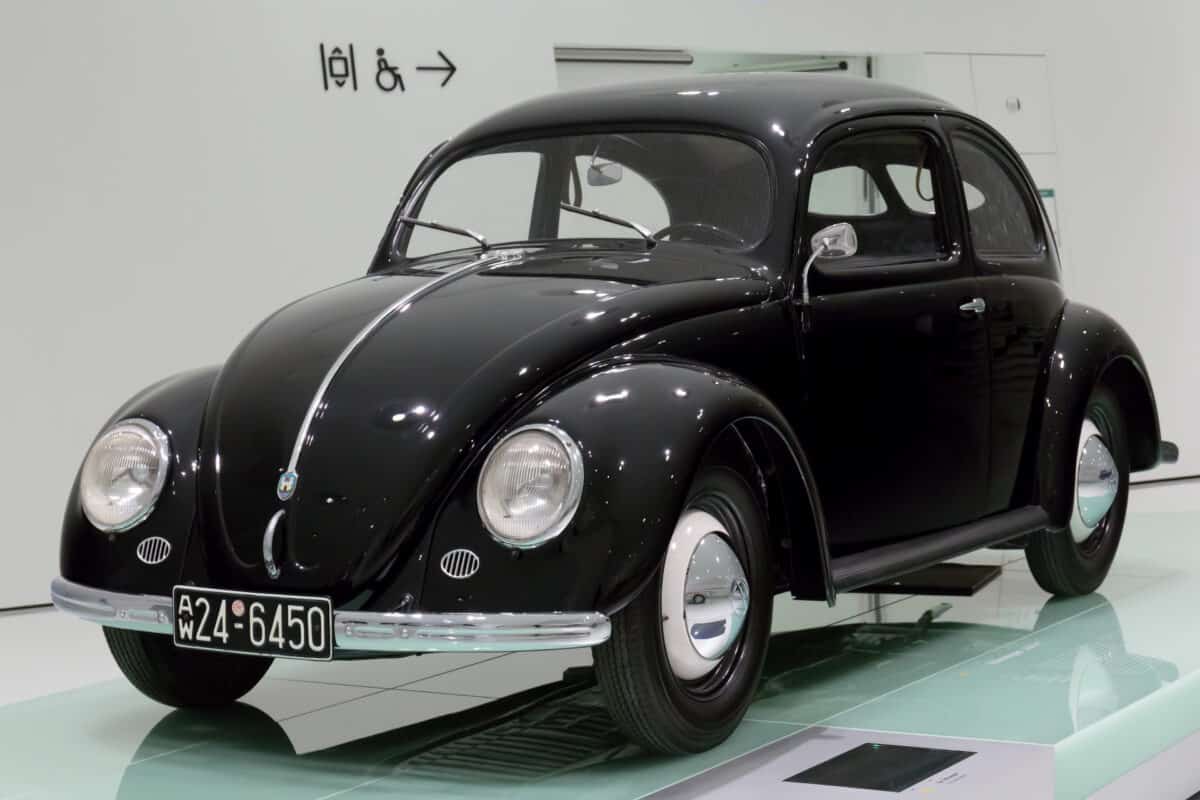What is the problem with the reliability of the Tesla Model 3?

For the second consecutive year, the Tesla Model 3 is the little black sheep of German technical inspections.
In order to ensure that used cars are in good enough condition to stay on the road under satisfactory safety conditions, all European countries have implemented regular technical inspections. However, the frequency and content of these inspections vary from one country to another. The Tesla Model 3 was heavily criticized in 2023, and logically, there has been no improvement after a year.
The Technischer Überwachungsverein (TÜV, or Technical Inspection Association) must inspect cars in Germany for the first time three years after their delivery to their first owners. After that, they must be tested again every two years. According to Auto Bild, 14.2% of all evaluated Model 3s failed the inspection. That’s half a point better than last year, but it still stands out.
This isn’t the first time a Tesla has disappointed. In January 2022, TÜV revealed that the Model S was also the worst electric vehicle with a battery (BEV) in the report. The flagship of the American company had a rejection rate of 10.7% at that time. That year, the average was 4.7%. Only the Dacia Duster and Dacia Logan performed worse.
According to Auto Bild, most of the faults in the Model 3 are related to suspension components and brake discs. The Model S had issues with fog lights and dipped headlights, but its main weakness was in the control arms.
READ ALSO: A Tesla Model 3 Performance for less than 40,000 euros, are you tempted?
This page is translated from the original post "C’est quoi le problème avec la fiabilité de la Tesla Model 3 ?" in French.
We also suggestthese articles:
Also read




